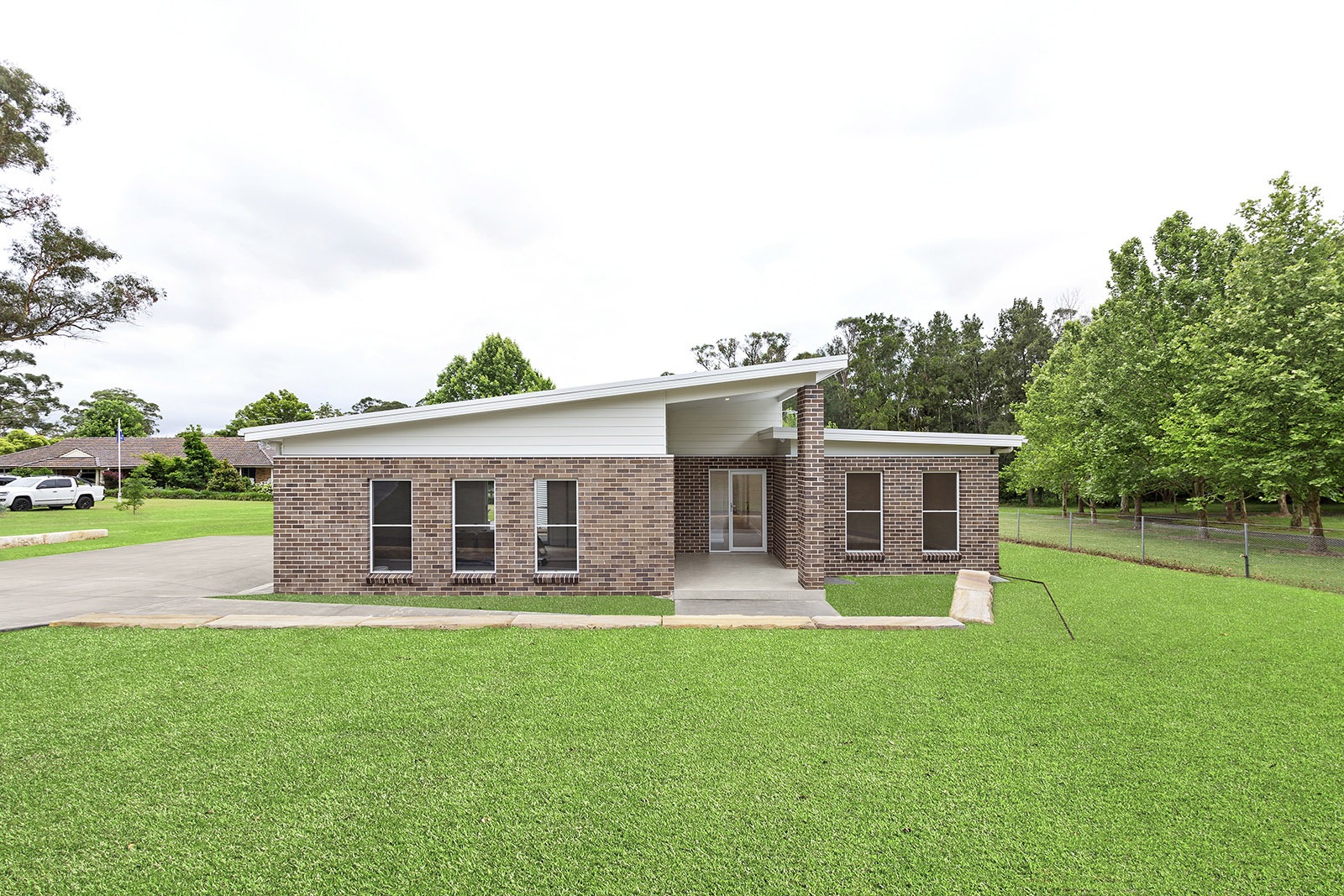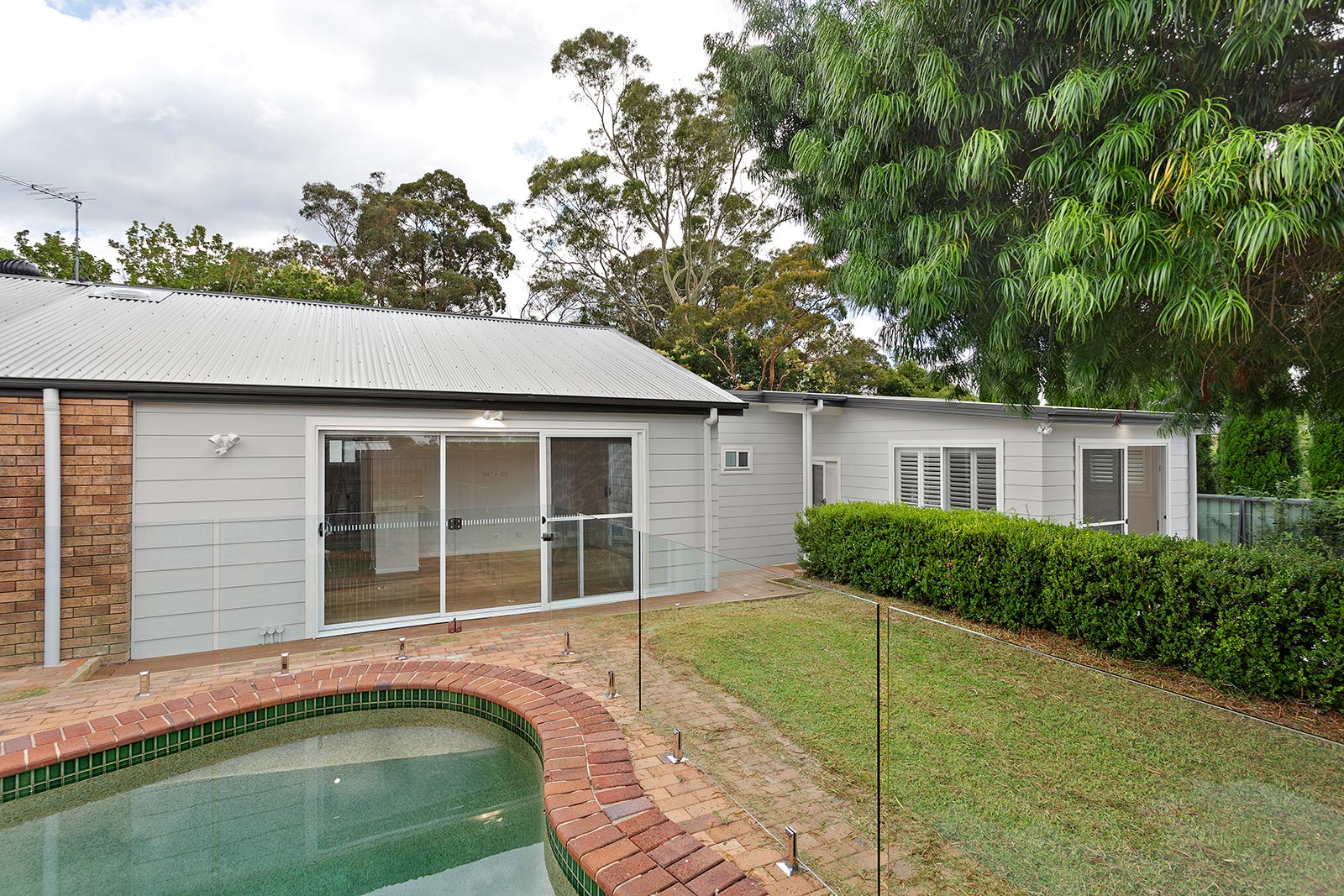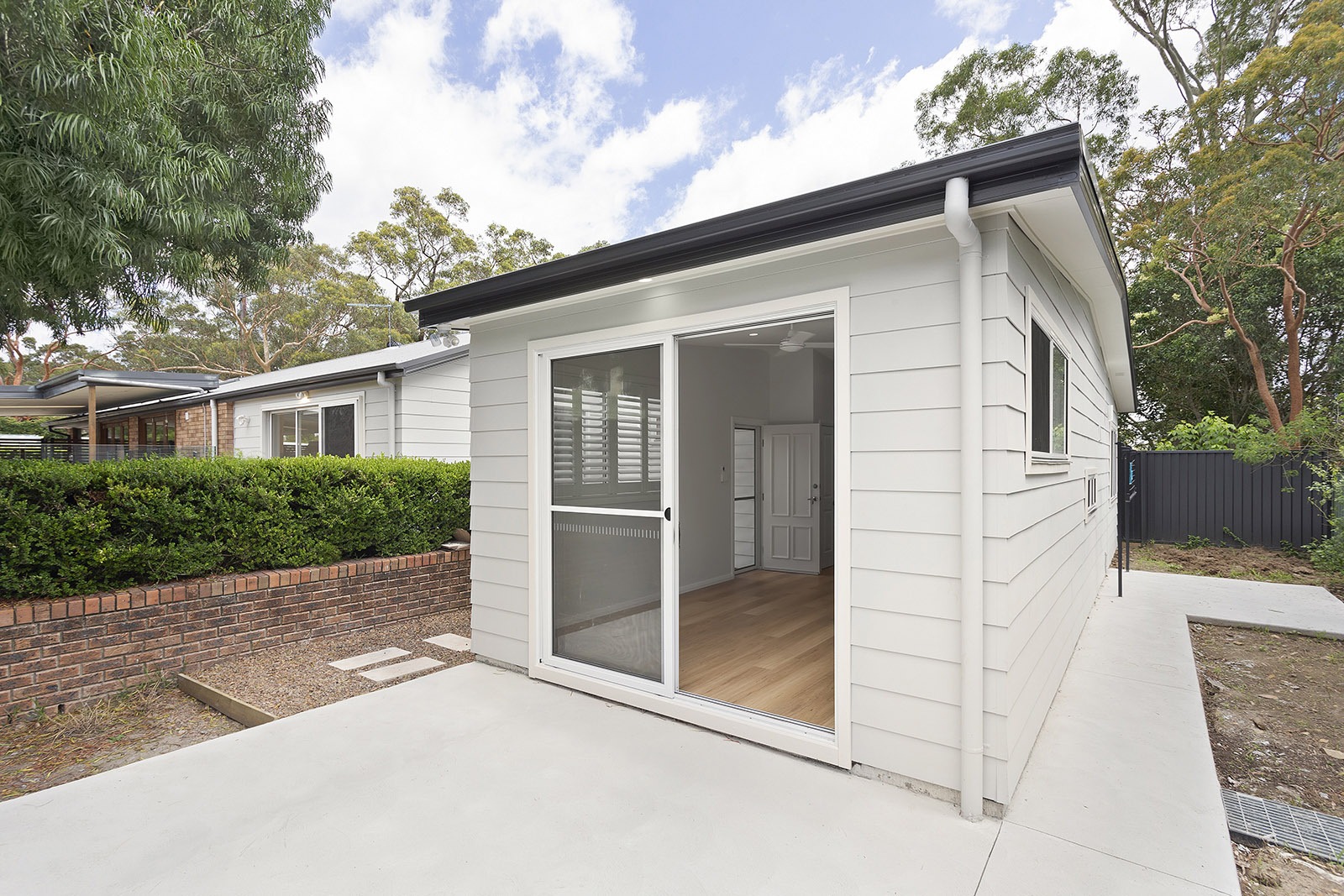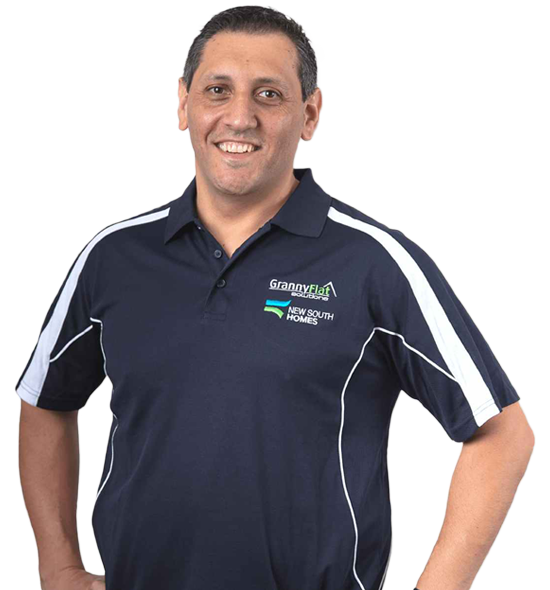



Get in touch
with us today…
Contact us for a private viewing to see a granny flat in your area today!

Employment Opportunities
We are always open to hiring motivated and creative workers who share our same passion to provide high-quality dwellings and attentive customer service.
If you are interested, please submit your details and resume.
Secondary Dwellings as Housing Solutions in NSW

Australia’s housing market is under a great amount of strain. Demand continues to outpace supply, creating affordability issues, particularly for lower-income Australians.
Affordable, low-maintenance homes close to infrastructure will always be in high demand. In this way, secondary dwellings, or Granny Flats, are an ideal strategy to manage population growth and tackle Australia’s housing problems without contributing to urban sprawl.
With innovation and sustainability front of mind, Granny Flats are providing the solution. This article looks at what a secondary dwelling is, the benefits for the community and how to go about building a secondary dwelling on your own property to reap the benefits.
What are Secondary Dwellings?
A secondary dwelling, often called a Granny Flat, is a self-contained dwelling attached to or on the same block as a main (principal) home. Planning NSW states they cannot be subdivided off and sold separately and can only be built where a main home is in place.
Although secondary dwellings and dual-occupancy homes are both defined as two dwellings on the same lot, they are governed by different regulations. Dual-occupancy homes are normally attached, while the maximum floor area for a secondary dwelling in New South Wales is 60 square meters or 25% of the main dwelling’s floor area, whichever is greater.
Secondary dwellings also differ from tiny homes, which are considered moveable dwellings and are subject to different local council laws, depending on where you live.

Who Benefits from Secondary Dwellings?
Secondary dwellings come with a range of advantages, both for those who live in them and for those who choose to put one in their backyard.
- They are a cost-effective housing solution where rental properties are in high demand. In recent years, the Australian Bureau of Statistics reveals that vacancy rates have declined and rent costs have risen, putting singles, students and the elderly at risk of homelessness.
- According to CoreLogic, Granny Flats can increase the value of a primary residence by more than 30% for investors and boost rental yield by a whole percentage point.
- Secondary dwellings give homeowners an opportunity for passive income through the rental market, helping them to beat rising interest rates and pay off their homes sooner.
- Granny Flats support multi-generational living for young adults, ageing parents or family members with high support needs.
- Their construction is fast and more affordable than a standalone home.
- They are cheaper and easier to maintain and resources can be shared between residents of the primary and secondary homes.
- Their use is flexible as they can be rented out in the short or long term, used for a home office or to provide a family with extra living space.
How Can I Build My Second Dwelling Legally?
The NSW Affordable Housing State Environmental Planning Policy (SEPP) makes it easy for homeowners to build a Granny Flat without having to gain council approval if their blocks comply with certain requirements. These include land size and zoning, amongst other factors.
Land Zoning and Site Requirements
Under SEPP, a Granny Flat is allowed in designated residential zones and some councils may also allow them in other zones. Recent changes to SEPP mean that local councils can now make their own rules for secondary dwellings in rural areas.
If your block ticks all the boxes, a Granny Flat can be approved under a Complying Development Certificate (CDC). If not, you can apply to your local council for a Development Application (DA).
Size and Space Limitations
In New South Wales, the maximum floor area for a secondary dwelling is 60 square meters or 25% of the main dwelling’s floor area, whichever is greater.
Approval Process
In most cases, the approval process for a Granny Flat is straightforward.
- Get approval via a Development Application or Complying Development Certificate.
- Find a reputable Granny Flat builder to construct your Granny Flat.
- Get an Occupation Certificate.
Key Considerations When Building a Secondary Dwelling
Here are some things to think about to make building a secondary dwelling faster and easier.
- Look for a Granny Flat builder that offers high-quality Granny Flat designs that fit within your budget whilst offering all the features you require. Simple yet functional layouts create a comfortable home and save on construction costs.
- Incorporating sustainability measures that consider the local environment will make your Granny Flat more attractive to those looking for affordable rental housing. Incorporating eco-friendly energy, waste and water solutions ensures your investment will remain attractive and affordable to tenants in the face of climate change pressures.
- Building a Granny Flat requires smart and strategic planning decisions that consider the lifestyle of both the homeowners and tenants. Be practical when it comes to providing enough space for things like parking, gardens and somewhere to hang the washing.
- Being informed about legislation surrounding maximum height and setbacks and incorporating these into your design plans will allow your build to proceed without having to go through additional approval processes. This makes Granny Flat construction faster and will potentially better your ROI.

FAQs about Secondary Dwellings in NSW
How can secondary dwellings help with housing issues?
Secondary dwellings in unused backyard space are helping to fill the gap in housing supply. They are a particularly attractive option for elderly family members and young adults struggling to find affordable housing. Alternatively, they provide families with the extra space they require in their current homes.
What are the legal requirements for building a secondary dwelling?
A Granny Flat can be built with a complying development certificate if it meets certain criteria. This means homeowners can avoid making a development application with the council. They also require an Occupation Certificate.
What is the cost of constructing a secondary dwelling in NSW?
The cost of a secondary dwelling will depend on many different factors, including the size of your build and the materials you select. You can get a quote for a Granny Flat from our expert team in just 4 easy steps.
Are there design guidelines for secondary dwellings?
Your lot size will dictate how big your secondary dwelling can be, the side and rear setback and the minimum frontage. You can find out more information in our guide to getting started building a Granny Flat.
How does zoning affect secondary dwellings in NSW?
Granny Flats can be built in residential zones, but for properties zoned other than this, it’s up to local councils as to what they allow. Contact Granny Flat Solutions for more information.
Can I rent out my secondary dwelling?
Yes, renting out your secondary dwelling is now allowed in every Australian state and territory.
Are there any government incentives for building secondary dwellings?
In some states, including New South Wales and Queensland, you may be able to use the First Home Owner Grant to build a Granny Flat on a relative’s property.
Discover Granny Flats as Secondary Dwellings
Secondary dwellings offer significant property investment benefits by providing affordable rental housing, which is something that will always be in high demand.
If you’re considering building a secondary dwelling now to help you pay off your mortgage faster and give you a comfortable place to live when you’re ready to downsize, Granny Flat Solutions can help you achieve your financial and lifestyle goals. Contact us today!
Ready to start your building journey? Chat to our team of experts today and get a FREE personalised quote
Find Out More
“Experience the difference for yourself.”
Call 02 9481 7443 or contact us online now to book your free site inspection and quote.







